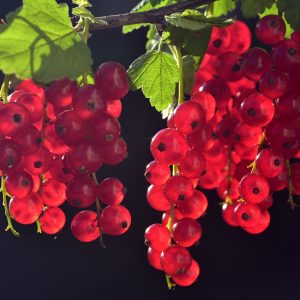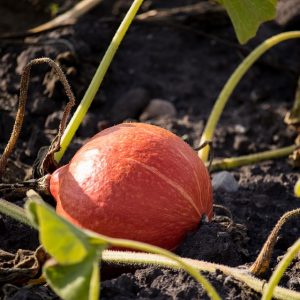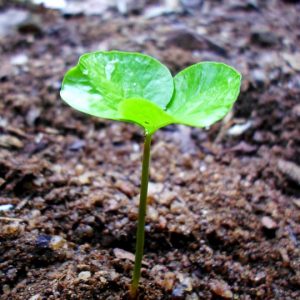Grow healthy plants.
Plant pathology (also known as phytopathology) is the study of plant disease and other plant problems – it is a combination of science knowledge and science application.
This course develops your understanding of all types of plant diseases (fungal, viral, bacterial, non-infectious); their life cycles, and ways they can be controlled both with and without chemicals.
It is a must for horticulturalists who want to boost plant health and prevent damage by pests and diseases.
Plant production is reduced significantly every year, due to pathological problems. To control these problems is to increase productivity, and for the horticultural business; that means increased profit margins.
PLANT PATHOLOGY IS NOT simply a study of pests and diseases. Some pests are in fact not pathological problems, and there are pathological problems which are not pests or diseases.
PLANT PATHOLOGY is about problems in plants caused by physiological damage or irritation at a cellular level. (ie. it is concerned with problems which affect parts of the plant cell, leading to malfunctions in the normal processes which occur within the plant).
COURSE STRUCTURE
There are eight lessons in this course, each one taking around 12 hours to complete. There are three main sections to the course:
- Introduction
- Types of Diseases
- The Life-cycle of a Disease
- Control Techniques
- Selected Pathogen Diseases ? Ornamentals
- Selected Pathogen Diseases ? Crops
- Non-Infectious Diseases
- Special Project
Learning Outcomes
- The first part of the course develops an understanding of the different types of problems which can occur and how to identify them.
Terminology is covered in some depth, so as to enable the student to be able to read and understand books and articles written about plant diseases. Other major topics of study include “symptoms” (ie. necroses, hypoplases, hyperplases, etc), “types of pathogens” (ie. viruses, bacteria, fungi, nematodes, etc), and the life-cycle of a disease. - The second part of the course looks at how to control pathology problems. The major methods of controlling pathogens (ie. sanitation, resistant varieties, biological controls, soil drenches and chemical sprays, etc.) are all studied, along with types of equipment and safety.
- The third part of the course looks at some of the most common plant pathology problems in commercial horticulture, how to identify them and how they are controlled.
Some of the problems studied include cinnamon fungus, tree decay, powdery mildew, nematodes, brown rot, blights, turf fungi, damping off and non infectious problems such as temperature burns, air pollution, wind burn and excessive light.
The course is a highly practical one involving as much time in practical/field work as it does theory.
No prior formal training is required, though anyone undertaking this course is expected to have some experience in horticulture (either having worked in the industry or having studied in some related discipline.





